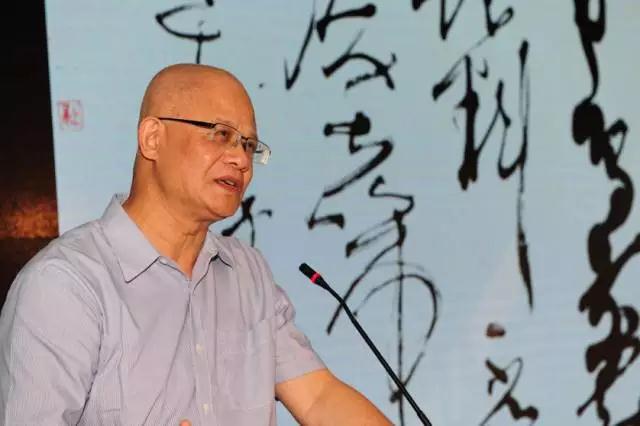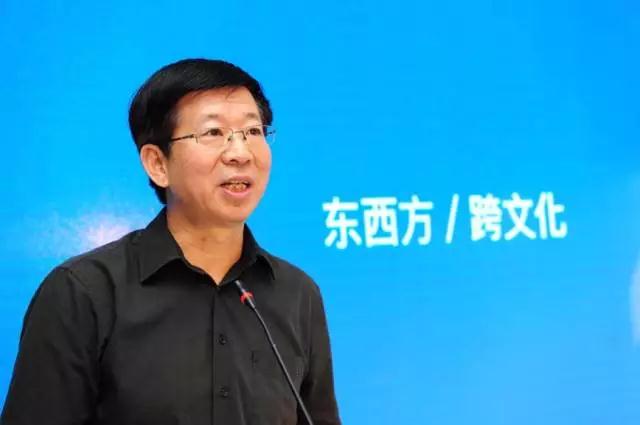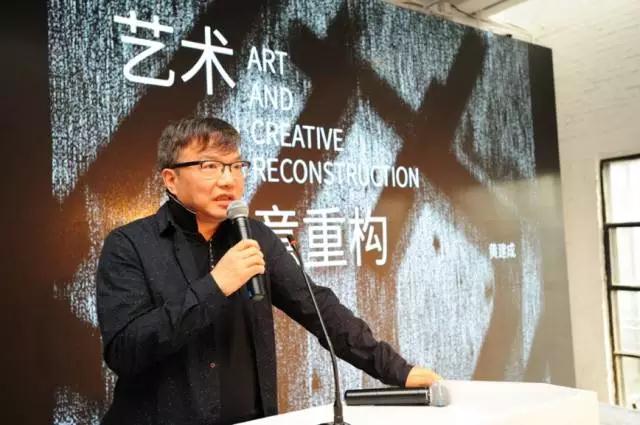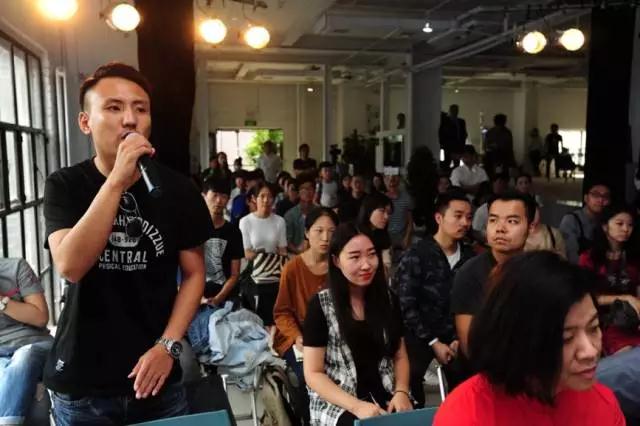Here comes the Sept., a month full of fruits and achievements. Yesterday, “Two-place, Three-generation, Forty-year” ICAA Master Class was held at ACE Lab Social Innovation in Beijing 798 Art District.
With the theme on “Two-place, Three-generation, Forty-year”, Master Class specially invited Doctor Jin Daiqiang (AGI member, the first Chinese who are covered in the World Graphic Designer Celebrity), Professor Qiu Zhenzhong (CAFA professor, doctoral supervisor, painting ink consultant of Opening Ceremony of Beijing Olympic Games), Professor Wang Min (CAFA professor, doctoral supervisor, chief art director of image landscapes in Beijing Olympic Games), Mr. Liu Xiaokang (vice chairman of Asia Design Association, secretary general of FHKDA), professor Huang Jiancheng (deputy dean of CAFA Urban Design School, doctoral supervisor, chief art design of China Pavilion in Shanghai Expo) and Mr. Gao Shaokang (HKDA (Hong Kong Designers Association) member, Top 10 excellent designers in Hong Kong), who got together to have a deep communication together, discussing the practical experience and development trend of design industry and thinking about the future of traditional Chinese art. There were some other great attendees, including Mr. Zhang Fuhua, Mr. Wan Qingtang (candidates of ICAA Operation Committee) and Ms. Hu Xueqin (the secretary general of ICAA).
Doctor Jin Daiqiang and Professor Qiu Zhenzhong started up the dialogue first. They shared their opinions about the understanding on traditional Chinese art, as well as the inheritance and innovation of traditional Chinese art. Doctor Jin Daiqiang made a lecture with the theme “Design shall be Culture-oriented”. For his lecture, he looked back at all his artworks since the foundation of the art company, including “1989 Dance Festival of International Dance School”, “1997 Silverware Souvenir” and “1981 Mother of Earth” etc. All his artworks were created based on traditional Chinese cultural concepts or painting ink elements, as well as the form of contemporary western design. Anyway, Doctor Jin Daiqiang said that design must be culture-oriented, and design creation shall well combine with modern constructionism.

Professor Qiu Zhenzhong made a lecture with the theme of “Grow Up”. In the lecture, Professor Qiu Zhenzhong said “In Chinese, design can be a verb or a noun. When it is used as a verb, it means to figure out and plan something; for art creation, making an idea is quite important, which requires to have a plan in advance”. Professor Qiu Zhenzhong said all his foundations of art practice were from calligraphy. He said “What can a calligrapher done? A calligrapher can draw a line by a pen but the calligrapher shall make sure that people will not get tired of looking at this line for 1500 years. If someone can well master the relationship between lines and spaces, what he draws is not a big deal.” Rooting in this point, Professor Qiu Zhenzhong showed the audiences the cross-border exploration in calligraphy, modern literature works and abstract ink works, as well as the possibility of writing, line and space existed in calligraphy.

Then, Professor Wang Min and Mr. Liu Xiaokang discussed the design exchange between east and west, cross-cultural design practice. Professor Wang Min’s lecture was themed “mutual combination between eastern culture and western culture”. Starting his lecture with his own practices (3 practice cases), Professor Wang Min talked about his wonderful experience in Adobe (responsible for the lettering), the project “Presentation Report of Olympic Games” and his design office (DeTao jointly established with design masters from Holland). Taking the word layout as the example, Professor Wang Min pointed out that designers shall focus on speciality and transfer between eastern meaning and western meaning from three aspects -- content, form and design. Professor Wang Min thought that if a designer wants to be on the top, he or she shall clearly know about the specialty and deep meaning existed in a culture; then with a professional attitude, the designer can do a good job.

Mr. Liu Xiaokang’s lecture was themed “Chair Game”. “Chair Game”, different chairs in different styles are the carrier, is a typical artwork made by Mr. Liu Xiaokang, which discusses the human beings from different angles by treating the “chair” as humans. The artwork was inspired by chair which is not widely and highly cared about in our daily life. However, by using the chair, this artwork discussed the humans and the exchanges between humans.

At last, Professor Huang Jiancheng and Mr. Gao Shangkang shared their practical experience with the audiences, mainly about the development trend, entrepreneurship opportunities and challenges in the field of design. Professor Huang Jiancheng’s lecture was themed on “art and idea restructure”. By presenting some representative artworks like “Fantastic Art China”, “Xiangjun Culture Garden” and “2015 Milan Expo” etc, he introduced how he was inspired by the art discovery, art link and the restructure of art, as well as how to deliver the ideology of “link and melt” to the people by works.

By his lecture, Mr. Gao Shaokang directly and firmly told us that “Now, we are at a golden time.” Being as a representative of new-generation designers in Hong Kong and depending on his own experience and grow-up environment, Mr. Gao talked about the post-80s and post-90s’ concerns to the two environments in design --- focus on art or focus on commerce under the background that they are being influenced by the time and the predecessors. Mr. Gao thought that growing up at the golden time and started to be independent at the time of anxiety, we shall make good use of the good traditions, trying to get them become the source of our ideas; meanwhile, we shall use the modernized ideology as the carrier. So that we can get our own “golden time” though we are being impacted by both eastern and western culture.

At the time when interacting with audiences, some audiences on-site are able to have a communication with the 6 design masters for the problem “at a time when there are large amounts of information, how shall young people find their own positions” and “for contemporary design, how to balance the art design and commercial design” etc.






